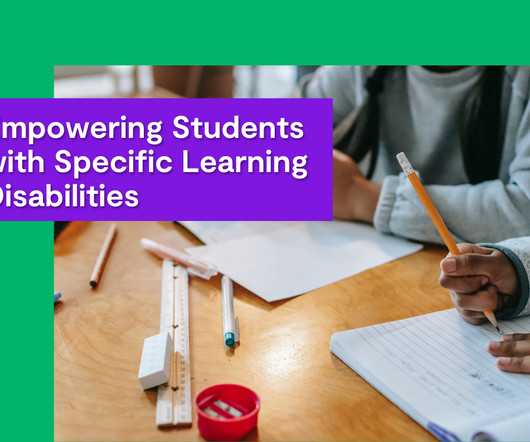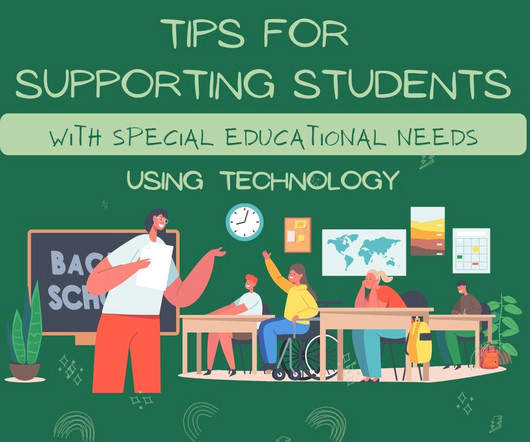Transitioning to a workload approach in K-12 special education
eSchool News
JANUARY 8, 2024
Key points: Transitioning to a workload approach offers room for more effective and personalized support See article: Is the ‘Growing Your Own’ pipeline working for special ed teachers? Special education providers continue to use the caseload approach to guide them in counting the number of students they are expected to provide services to.











Let's personalize your content